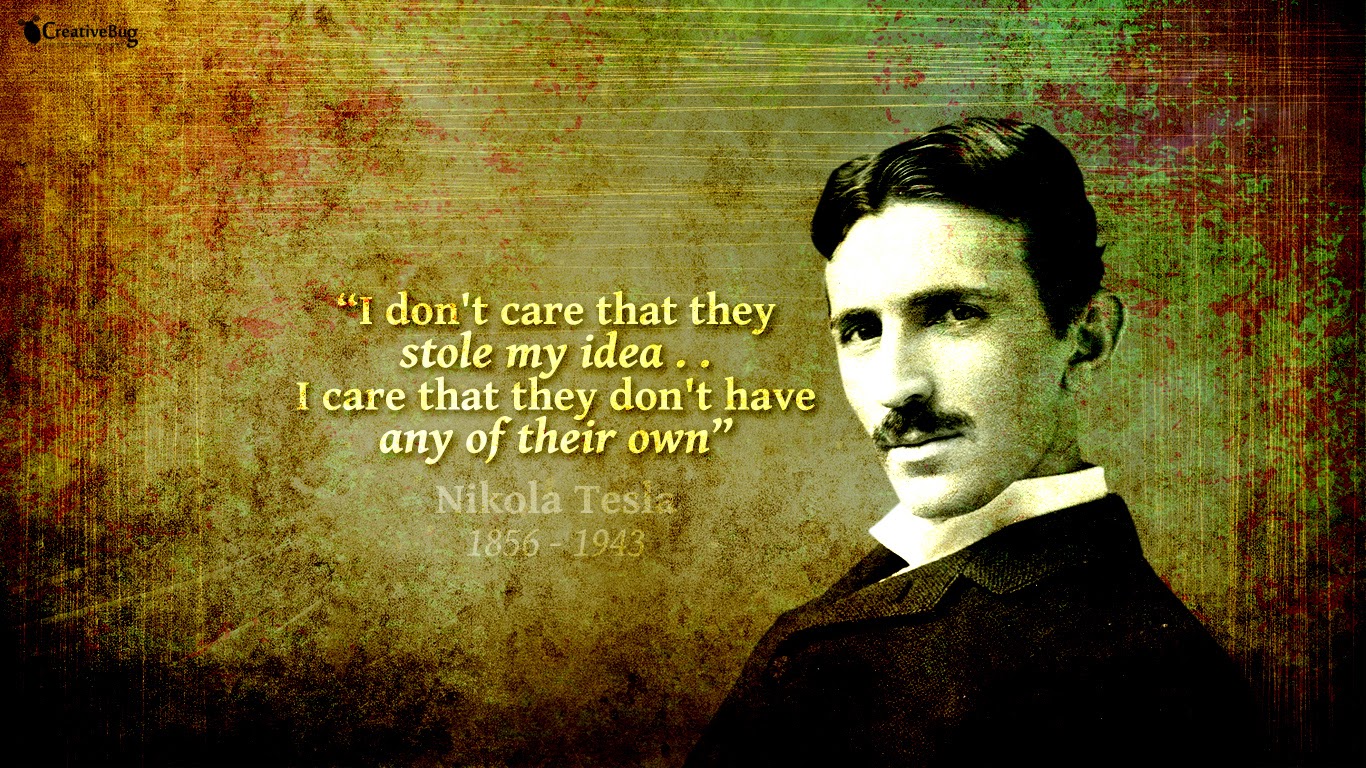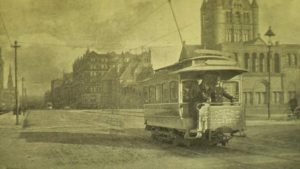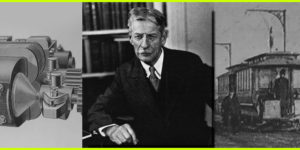It’s a shame many still don’t know his name. Or his genius.
Nikola Tesla invented the radio, the induction motor, the neon lamp, and the remote control. His scientific discoveries made possible X-ray technology, wireless communications, and radar, and he predicted the Internet and even the smart watch. Today, he is hailed as a visionary by the likes of Elon Musk (whose electronic cars bear his name) and Larry Page, the founder of Google. His image appears on stamps, the Encyclopedia Brittanica ranks him as one of the ten most interesting historical figures, and Life magazine lists him as one of the one hundred most famous people of the last millennium. And yet, his contemporaries and fellow inventors Thomas Edison and Guglielmo Marconi achieved far greater commercial success and popular recognition.
In Tesla: Inventor of the Modern (W. W. Norton & Company, $26.95), Richard Munson asks whether Tesla’s eccentricities eclipsed his genius. Ultimately, he delivers an enthralling biography that illuminates every facet of Tesla’s life while justifying his stature as the most original inventor of the late nineteenth century.

Born at midnight during a lightning storm, between “today and tomorrow,” as Munson writes, Tesla’s unusual entry into the world foreshadowed a life in flux. He was raised a Serb in what is now Croatia by a religious father and a mother who encouraged his early scientific investigations. Though he never married and often craved isolation, he could be a master showman, entertaining crowds by exposing himself to thousands of volts of electricity. He enjoyed lavish living—he dressed impeccably and lived for years at the Waldorf Astoria—but died penniless after letting a series of promising business opportunities slip away. His alternating-current system formed the basis of the electric grid and long-distance electrical transmission, and yet he spent his later years feeding the pigeons in Bryant Park, speculating about communication with other planets, and maintaining an unusual exercise regimen (including toe-wiggling exercises) that he claimed sustained his health. He was alternately praised as a “man ahead of his time” and labeled an eccentric unable to draw practical application from his prophecies.
In this authoritative and highly readable biography, Munson explores the paradoxes that defined this underappreciated genius, as well as the relationships that altered the course of his life. Drawing on colorful accounts of his lectures and demonstrations, Munson brings to vivid life the “War of the Currents,” during which Tesla and Edison publicly debated the merits of direct and alternating currents. Compelling excerpts from Tesla’s correspondence with George Westinghouse reveal the complexities of this partnership—Westinghouse brought Tesla’s polyphase system to the world, but the company’s struggle to survive a culture of robber barons and monopolies led Tesla to sacrifice lucrative royalty payments. An examination of Tesla’s friendship with Robert and Katharine Johnson reveals the inventor’s human side, as does an account of his acquaintance with Mark Twain.

In these and other relationships both personal and professional, Tesla alternately amazed and infuriated his admirers, often letting ego and stubbornness get in the way of business deals that might have converted his visions into reality and commercial success. But, as Munson argues, even his failures in business and public relations can’t obscure the fact that he “made at least five outstanding scientific discoveries . . . that others ‘rediscovered’ up to forty years later and for which they then won Nobel Prizes.” He was a “poet and visionary,” from whom we can still learn today, an out-of-the-box thinker whose regard for innovation over money speaks to our current need for clean energy solutions.
While others, most notably Edison, produced more recognizable products, Tesla’s discoveries power our modern economy, even if those of us benefiting from them understand little of his contribution. In Tesla, Richard Munson grants the inventor the recognition he deserves for both his practical achievements and prophetic visions, skillfully placing him within the context of his time while acknowledging the many ways in which he lived outside of time, ultimately ushering in a future that others could not yet see.


